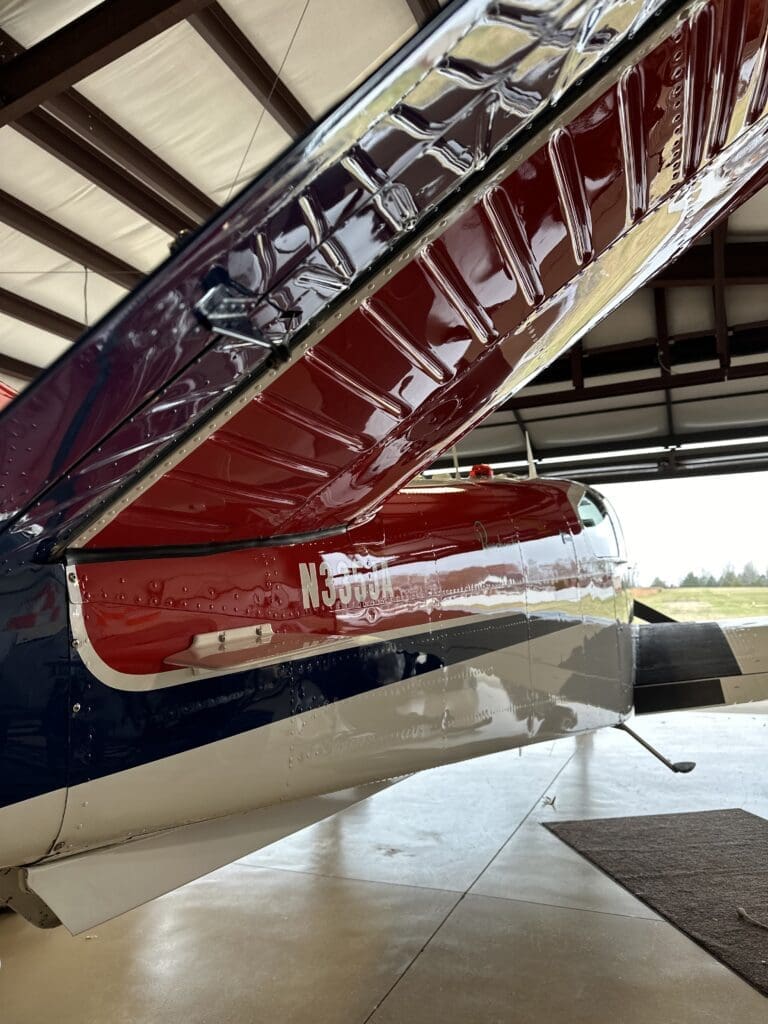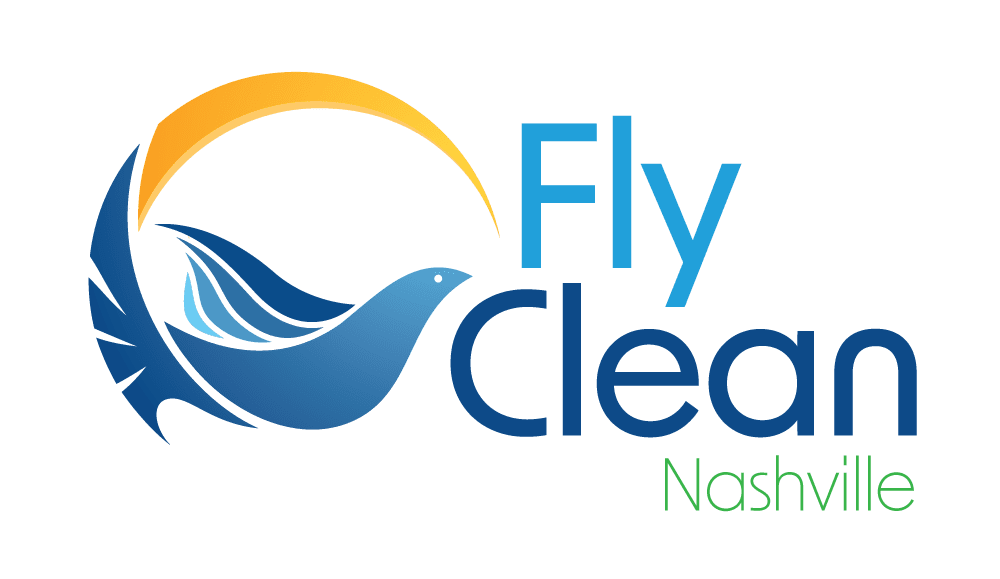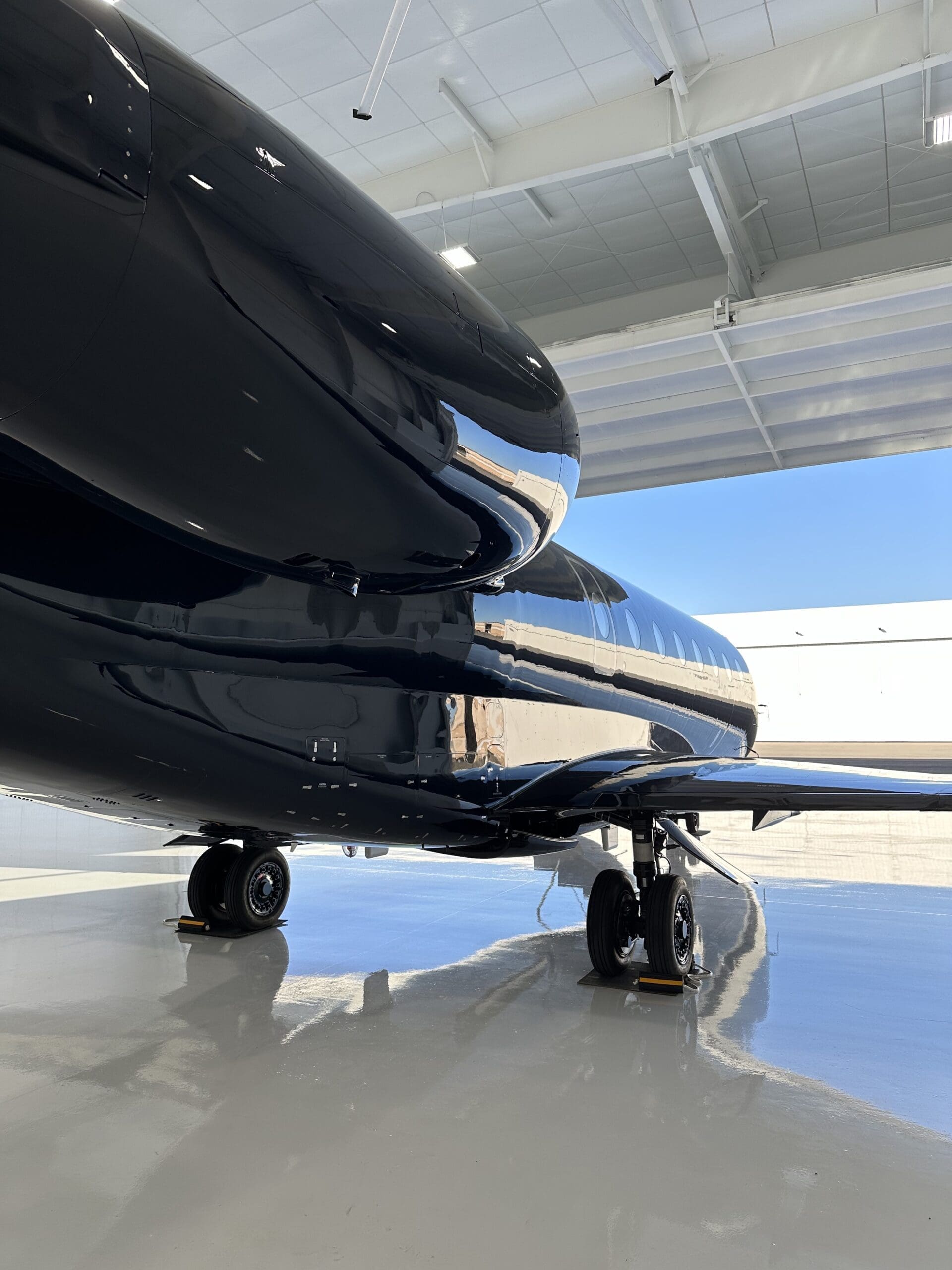

Greetings Aviator,
My years in aviation have afforded me the privilege of working on many paint jobs in various conditions, from faded & oxidized to brand-new. These projects have taught me a lot about what goes into preserving the aesthetics of an aircraft’s paint job. The good news is it’s not rocket science. I’d like to share below my 3 P’s for protecting your aircraft paint and keeping it stunning.
Proactivity
Proactivity means setting up a defense perimeter the second the aircraft enters your possession. Waiting until your paint starts to visibly deteriorate is a worse idea than putting pineapple on pizza. Your paint should never be naked to the elements. Protective coatings such as a wax, sealant, polymer or ceramic, combined with regular cleanings and inspections should be the bulk of your proactive strategy. Your aircraft takes a hit harder than Mike Tyson from the extreme environments it’s exposed to on a daily basis. By the time you notice it looks bad, aggressive methods, such as machine polishing, could be needed to restore the shine and gloss. This usually involves removing precious clear-coat or base coat from the top paint layer. A little bit of preventative maintenance will go a long way in protecting your wallet and your pride, possibly even delaying a costly paint job for years.
Products
One of the most important factors regarding paint is knowing which products should (or should never) be used. Opting for aircraft-approved cleaning products is paramount – household cleaners like Dawn or Windex have no place in an aircraft owner’s toolkit. The caustic nature of many general-purpose cleaners poses a serious threat to the finish over time, slowly eroding any protective layers meticulously applied to the paint. Instead, use products that are “coating-safe” and will preserve the integrity of your aircraft’s protective layers. Maintaining a regular schedule of reapplication and using reputable, aviation-grade coatings will extend the lifespan of any paint job. Companies like Real Clean Aviation, Jet Stream Aviation, and Gtechniq are my go to for the best products to use on an aircraft.
Process
Even with the right products, an improper cleaning process will jeopardize your aircraft’s exterior. Safety concerns demand that a meticulous and safe washing regimen is always employed. Aggressive washing methods will inflict unsightly scratches and swirls in your paint faster than a plane can climb to cruising altitude. Over time, the paint will lose its clarity, gloss and shine. Carelessness during the washing, buffing or coating process can lead to wax or sealant getting into open ports, water running into places it’s not supposed to be, and critical components being damaged. Personally, I advocate for the finesse of dry washing over the traditional wet wash method. My toolkit excludes caustic cleaners, scrub brushes and abrasive pads, favoring a section-by-section approach with ample time devoted to ensuring each section is dry and streak-free before progressing. Armed with soft, clean microfiber rags, I meticulously inspect my work under optimal lighting conditions. By adhering to this process, I guarantee that each wash or detail contributes to the longevity of the paint, rather than detracts from it.
Let’s be real—your aircraft isn’t just another way to get around; it’s your airborne signature. Whether you’re soaring through the clouds for work, pleasure, or a delightful mix of both, its appearance tells a story. Your aircraft is most likely one of your most treasured possessions and should be treated as such. Although it brings me a great sense of fulfillment to take a bad paint job and make it look great again, I also know that it doesn’t have to get to that point. Your paint is your airframe’s main defense against corrosion, so make sure to be Proactive, use the right Products while employing a smart Process, and your aircraft will be the envy of the ramp for years to come.
Safe skies til next time,
Gracie



No responses yet